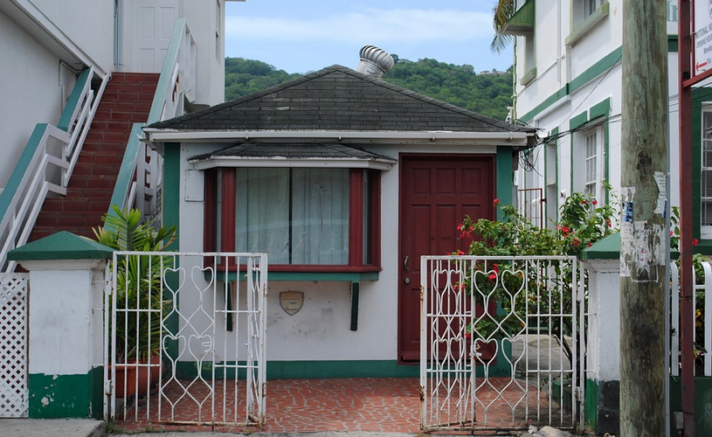It affects all of us – the cost of living.
The best way to quantify this part of our lives is to look at actual living costs, like real estate.
As many of you know, real estate is one of my favorite investments. It has treated me well in the past, but I’m currently weary of most prices. Everything just seems so expensive; and I’m not just talking about buying, it’s renting too.
Traditionally, there have been accepted costs for housing, meaning that a certain amount of someone’s income has to go to housing. In the past, this has been about 30% of a person’s income.
However, in a recent Wall Street Journal article, “millennial parents report that 40% of their monthly income is going toward housing. But one in five are paying between 50% and 59%, and 8% are paying 60% to 74%.”
That is a huge amount of money going towards putting a roof over your head. How is one supposed to save money to invest and spend on leisure?
Well… you can’t, if all your income is going to your home.
The WSJ article went on to offer a solution to this issue: “If too much of your budget is going toward housing, downsize.”
Well, if you live in an area like myself, then you’d find 500 square foot lofts renting for over $3,000 a month. Two and three bedroom homes are renting for well over $5,000 a month.
If you are renting a $3,000-a-month loft and we assume that only 30% is going to housing, that means you would have to be making well over $100,000 a year.
How are you supposed to ‘downsize’ when you’re making $100,000 a year and already living in a shoebox?
–
This rising cost of living is something that I have been keeping a close eye on for a while, because I personally find it difficult to invest in the current real estate market. Everything just seems so expensive.
But just because I think something is expensive doesn’t really indicate anything. It could mean that I’m just a cheapskate.
In order to truly say that something is expensive, we’ve got to have data or information that can measure the expense. Truthfully, there is far too much conflicting information out there to have a definitive answer.
So… I did a little work on my own. I started calling realtors in several large US markets. I found that not one of the realtors had a similar outlook on the next couple of years.
However, there was one similarity that all five of the realtors I spoke to shared. That similarity is that higher priced home sales are slowing down.
High priced homes are continuing to hit the market, but buyers for these homes are drying up.
As one realtor put it, “There is a gap between what a seller wants and what a buyer will pay.”
If you are familiar with markets, then you’d understand the concept of supply and demand. And when there is more supply than there is demand, the market starts to break down.
Perhaps this is a one-off circumstance that is only hitting higher priced homes. Or maybe this is the start of something bigger.
Regardless, we can all probably agree that the cost of real estate in major world cities has reached an unsustainable point. That doesn’t necessarily mean we are in for a crash, but it does bring the question of, “How much higher can it go?”
If you are in the market for a home, I encourage you to patiently make your decision. Panic buying with the fear of missing out (FOMO) is typically an indicator of the final stages of a bubble.




